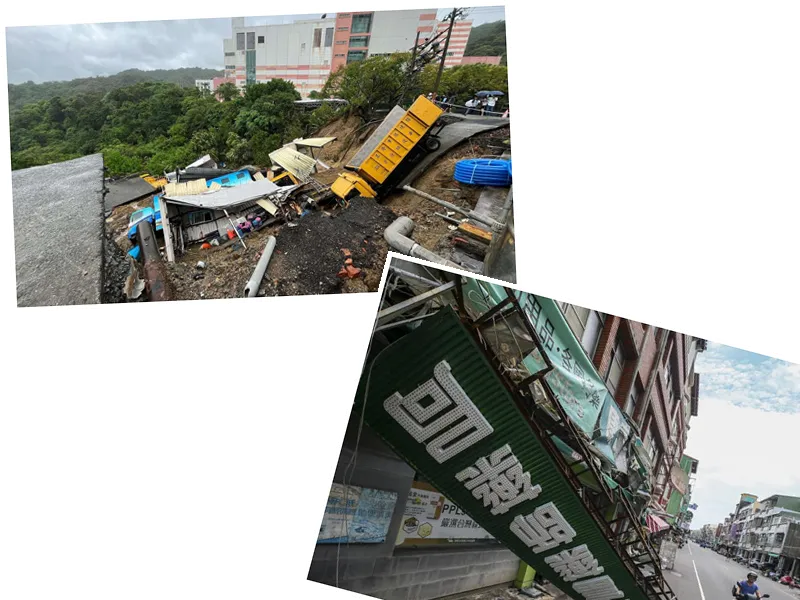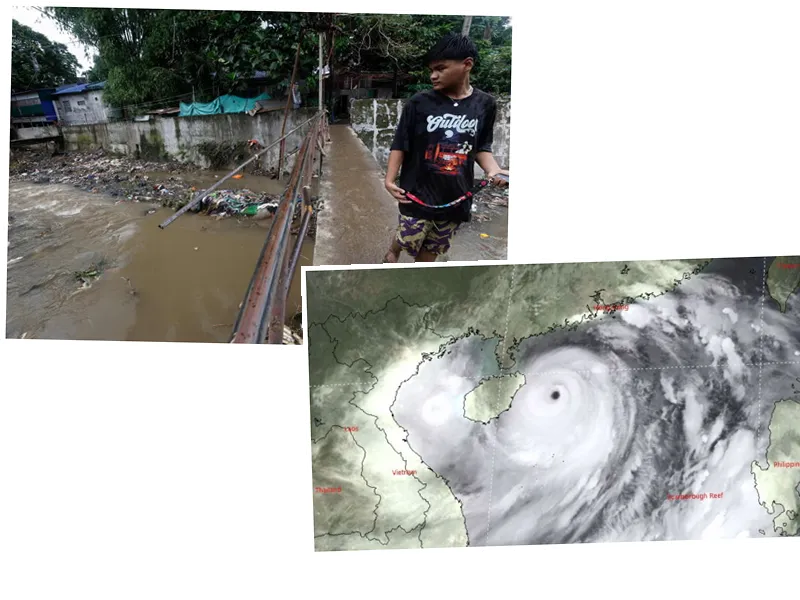Typhoon Shanshan has wreaked havoc across Japan, marking its presence as one of the most powerful storms to hit the archipelago in decades. After making landfall in Kyushu, the typhoon has moved eastward, bringing torrential rains and strong winds, leading to devastating consequences across various regions, including Shikoku and the Kansai area. As of today, the Japan Meteorological Agency reports that the storm has weakened but still poses significant risks due to lingering rain clouds and potential flooding.
The typhoon's impact has been severe, with at least six confirmed fatalities and numerous injuries reported. In Aichi Prefecture, a landslide triggered by heavy rains claimed the lives of three family members, while additional casualties occurred due to collapsed structures. Local authorities have issued evacuation orders for over five million residents, urging them to seek safety amid the ongoing threat of flooding and landslides.
In terms of infrastructure, the typhoon has caused widespread disruptions, including the suspension of operations at major factories such as Toyota, Nissan, and Honda, which are critical players in Japan's automotive and semiconductor industries. Transportation services have also been heavily affected, with numerous flight cancellations and train service disruptions, impacting tens of thousands of passengers. As recovery efforts begin, the long-term effects of climate change on typhoons in the region are becoming a focal point for researchers and policymakers alike.
- The Japan Meteorological Agency has warned that although Typhoon Shanshan is expected to weaken into a tropical depression soon, the aftermath will still pose risks due to the saturated ground and potential for further landslides and flooding. With anticipated rainfall of up to 300mm in some regions, residents are urged to remain vigilant and prepared for emergency situations.
- This year's typhoon season has been particularly challenging, with Shanshan following closely on the heels of Typhoon Ampil, which also caused significant disruption earlier in August. Experts note that climate change has led to more intense and prolonged storms in the region, raising concerns about future weather patterns and their implications for safety and infrastructure.






